Are You Closing Or Widening The Word Gap? The Answer Might Surprise You!
January 21, 2016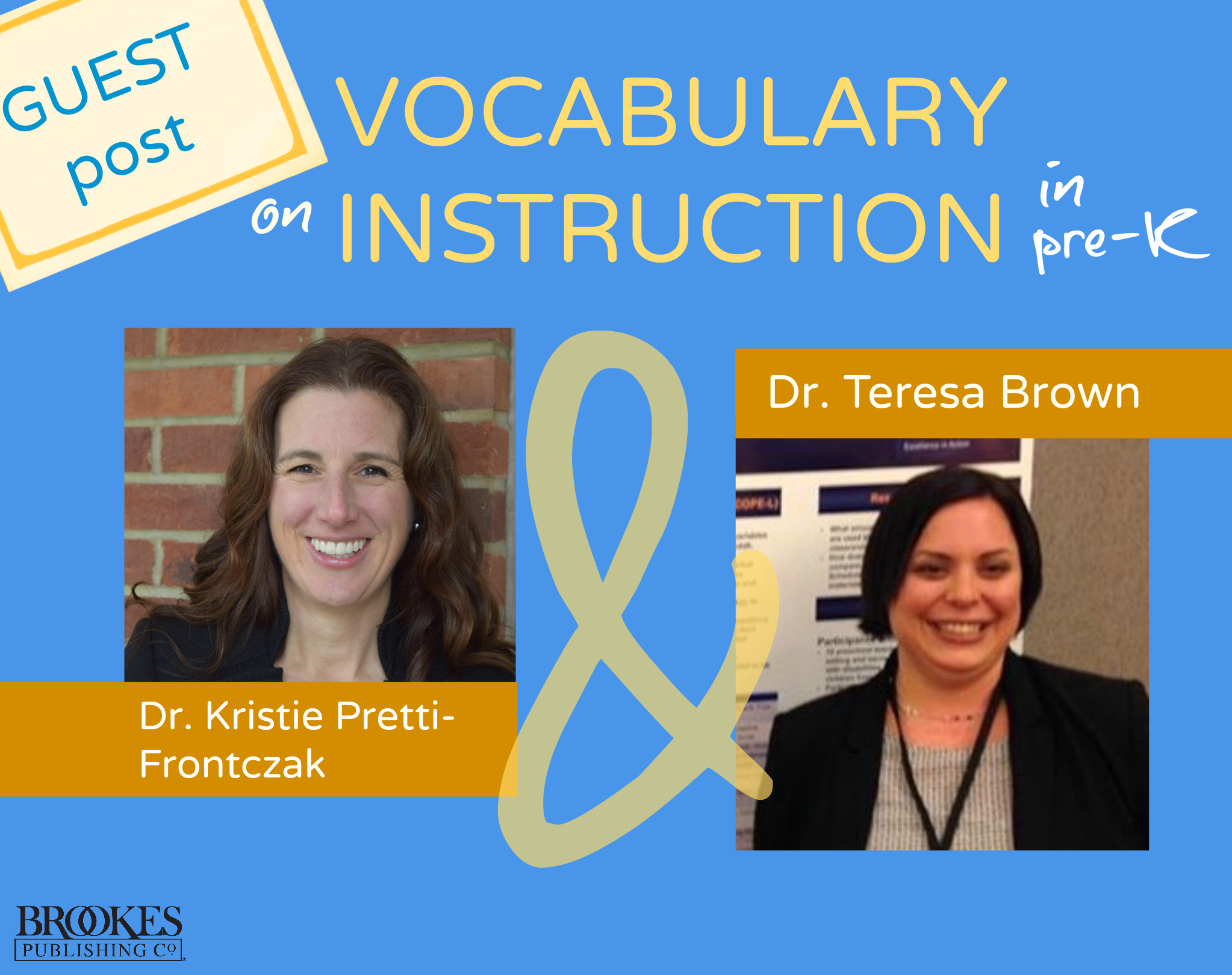
![]() Today’s guest post is by Dr. Kristie Pretti-Frontczak and Dr. Teresa Brown. It’s part of our Language & Literacy Development blog series.
Today’s guest post is by Dr. Kristie Pretti-Frontczak and Dr. Teresa Brown. It’s part of our Language & Literacy Development blog series.
*Want to listen to this post instead? You can access the audio file right here:
You’ve likely heard of the “word gap“ where by the age of 3, there is a 30 million gap in the vocabularies of children from the wealthiest and poorest families. You have also likely heard how a child’s vocabulary predicts later success.
Simply put, a strong vocabulary–which stems from meaningful conversations–is necessary for learning to read, write, do math, and be socially competent. Unfortunately, many children served in pre-K inclusive classrooms are at the highest risk for having delays related to vocabulary acquisition. For example, many children served are English language learners, children living in families with lower socioeconomic status, and children with developmental delays or disabilities.
Our knowledge about the importance of vocabulary to children’s later success–and the fact that many children served in pre-K classrooms are at the highest risk for having delays–means that inclusive pre-K teams can have a huge impact on children’s language development. However, preschoolers who are at risk need more than “everyday talk” to address the word gap. They need explicit vocabulary instruction, too.
Explicit vocabulary instruction: What it is, why it’s needed
Explicit vocabulary instruction has been defined as explaining and defining words, teaching word labels, and discussing words and ideas in various contexts. Basically, explicit vocabulary instruction is when we intentionally teach word labels (expressive vocabulary) and word meaning (receptive vocabulary). Explicit instruction increases word learning and frequency of exposure to vocabulary, which influences children’s understanding of word meaning and their use of targeted vocabulary.
Unfortunately, researchers have found that explicit vocabulary instruction in early childhood classrooms occurs infrequently. Most recently, in an exploratory study of nine pre-K teachers working in inclusive classrooms (see the infographic at the end of this post), we found their use of explicit vocabulary instruction ranged from 0.91% to 24.5% of intervals observed. The average was 10.4% of intervals. This means that on the average, 10% of a child’s day was spent receiving explicit vocabulary instruction…and for some children, less than 1%. Findings such as these suggest that the amount of explicit instruction occurring in pre-K classrooms may not be sufficient to address the word gap.
Additionally, most research on the effectiveness of explicit vocabulary instruction has occurred in the context of a single activity, such as book reading activities. In our exploratory study, we found that explicit vocabulary instruction occurred most frequently during structured adult directed activities, such as Circle Time, which accounted for a small portion of the preschool day.
So what can we do?
What are the solutions, particularly when children come to pre-K with a gap already in place? The simple answer is to provide more frequent explicit vocabulary instruction. The more complex answer is to also consider the quality of instructional efforts.
This means that pre-K teams need to intentionally teach word use and word meaning more often and across a variety of contexts and situations. To do this, teams need to intentionally plan and use eight explicit evidence-based vocabulary instructional strategies:
- Questioning to elicit a word label
- Questioning to elicit a word’s meaning
- Modeling a word label or use
- Modeling a word’s meaning
- Directing/telling children to say a certain word
- Prompting children to fill in the blank with a single word
- Providing a word’s definition
- Correcting when a child uses a word incorrectly
This helpful printable handout tells you more about these key instructional strategies.
Five steps for success
Explicit evidence-based vocabulary instructional strategies are best used in the context of these five overarching steps for closing the word gap:
- Administer an authentic assessment to understand children’s strengths and needs regarding vocabulary acquisition and use, including emotional vocabulary skills.
- Based upon assessment information, generate a vocabulary list of familiar, unfamiliar, basic, high frequency, and specialized words.
- Arrange the environment to support explicit vocabulary instruction.
- Identify which explicit instructional strategies are best matched with daily activities for teaching word meaning and word use.
- Deliver explicit vocabulary instruction using an activity schedule (sometimes called an embedding schedule or embedding matrix).
In the next section, we’ll look at a case story that shows these five steps in action.
Five steps in action
Pre-K teacher Ms. Brown administered an authentic assessment with her students. Based on her findings as well as children’s interest, she selected an inquiry-based question of “What do animals do in the winter time?” to serve as her theme for the next several weeks.
Also based on assessment results, Ms. Brown made a list of vocabulary words related to the topic of “what animals do in the winter time.” She considered words that were familiar, unfamiliar, basic, high frequency, specialized, and words her children needed to learn. A few of the words on her list included animal, camouflage, forest, hibernate, silhouette, and tracks.
Ms. Brown then intentionally arranged the environment to support the delivery of explicit vocabulary instruction. She:
- Placed animal puppets in the dramatic play area for children to reenact/role-play what various animals do in the winter.
- Made a den out of the quiet area so children could simulate what some animals do in the winter.
- Placed books such as “The Hat” by Jan Brett and “The Snow Bear” by Miriam Moss and Maggie Kneen, around the room for children to further explore what animals do in the winter.
- Put cards with words about what animals do in the winter (e.g., hibernate, migrate, adapt) and art materials in the discovery area for children to create stories and/or re-create animal homes and actions animals take during the winter.
- Placed plastic animals along with pinecones, straw, rocks, and cotton balls (to symbolize snow) in the block area for children to incorporate into their play.
Next, Ms. Brown considered which explicit vocabulary strategies would best match daily activities and her efforts to teach word meaning and word use. For example, when reading “The Mitten,” Ms. Brown determined she would be able to intentionally model word use by emphasizing the vocabulary word silhouette when she got to the part of the story about the white mitten being silhouetted against the blue sky.
Lastly, Ms. Brown created an activity schedule to help ensure instruction was delivered as planned.
Learn more!
Here are some additional solutions to address the quality and quantity of explicit vocabulary instruction delivered in your pre-K inclusive classroom:
- Definitions and examples of eight explicit evidence-based vocabulary instruction strategies
- An e-book with tips and resources related to explicit vocabulary instruction
- Strategies for incorporating self-talk when modeling word labels and word meaning
- A Pinterest board dedicated to sharing solutions and strategies around vocabulary development
Share the infographic
Here are the key points from the authors’ exploratory study of nine pre-K teachers working in inclusive classrooms, visually displayed in a pinnable, shareable infographic.
About the Guest Posters
 Dr. Kristie Pretti-Frontczak finds simple solutions to complex problems, such as how to conduct authentic assessments in an age of accountability, how to teach with intention during play, and how to support children in the “messy middle” (i.e., when children are struggling). Kristie spent 16 years as faculty at Kent State University and now trains and coaches early educators worldwide through her company, B2K Solutionsâ„ , Ltd. Check out her latest solution, a K-readiness toolkit, and her other helpful blog posts.
Dr. Kristie Pretti-Frontczak finds simple solutions to complex problems, such as how to conduct authentic assessments in an age of accountability, how to teach with intention during play, and how to support children in the “messy middle” (i.e., when children are struggling). Kristie spent 16 years as faculty at Kent State University and now trains and coaches early educators worldwide through her company, B2K Solutionsâ„ , Ltd. Check out her latest solution, a K-readiness toolkit, and her other helpful blog posts.
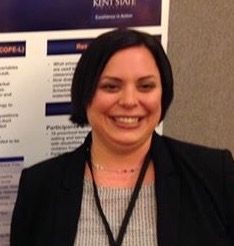 Dr. Teresa Brown is an early childhood consultant in Northeast Ohio. Teresa provides training and technical assistance to school districts and community early childhood programs on topics such as authentic assessment, intentional teaching, and inclusive practices. Learn more about Teresa’s work and research here.
Dr. Teresa Brown is an early childhood consultant in Northeast Ohio. Teresa provides training and technical assistance to school districts and community early childhood programs on topics such as authentic assessment, intentional teaching, and inclusive practices. Learn more about Teresa’s work and research here.

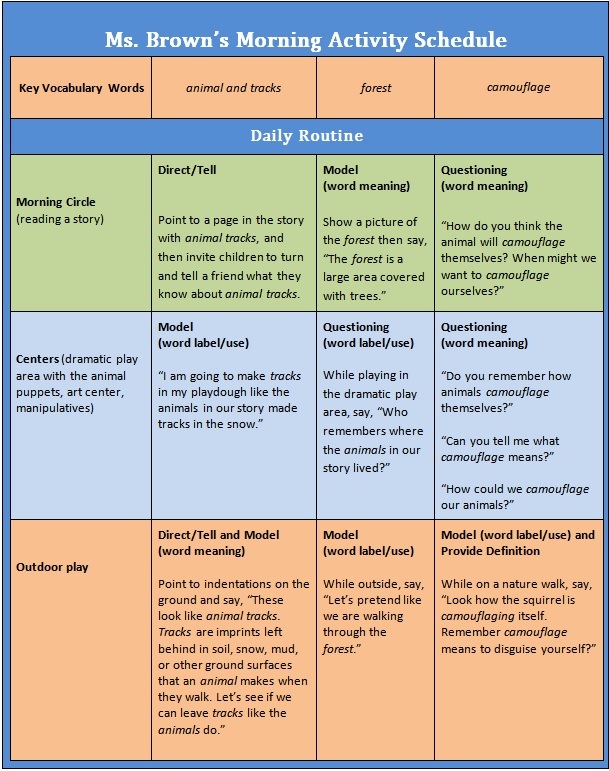

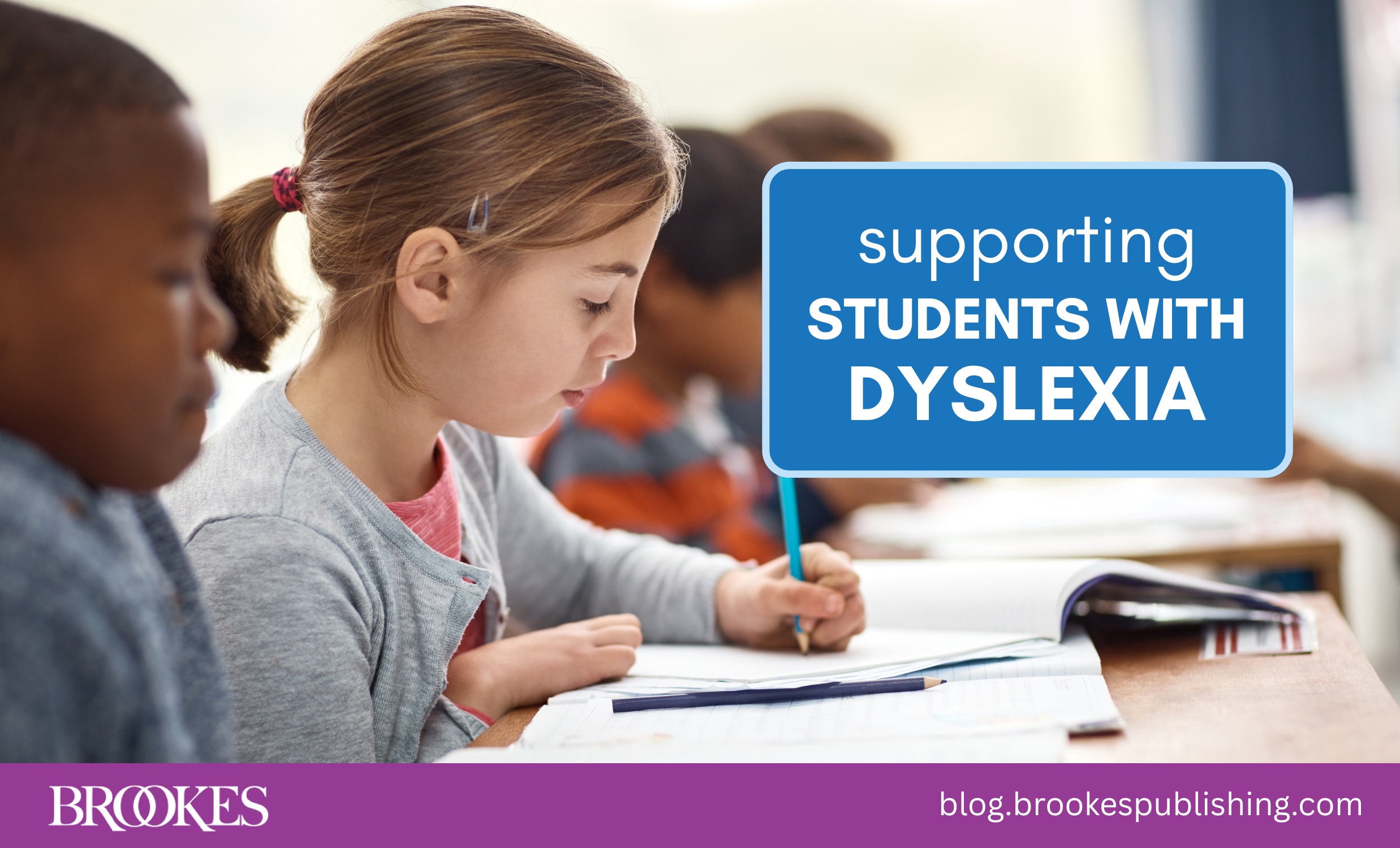
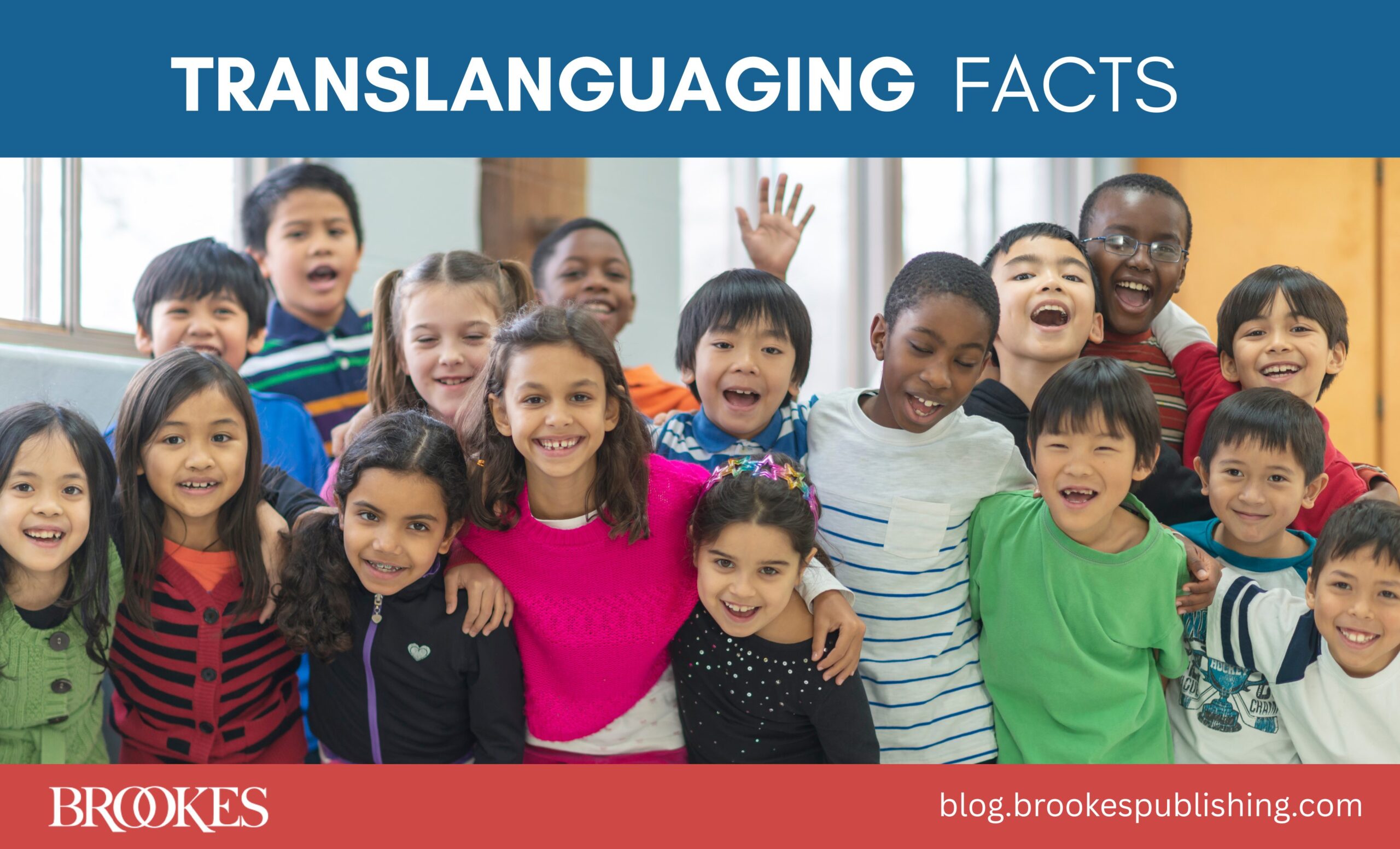
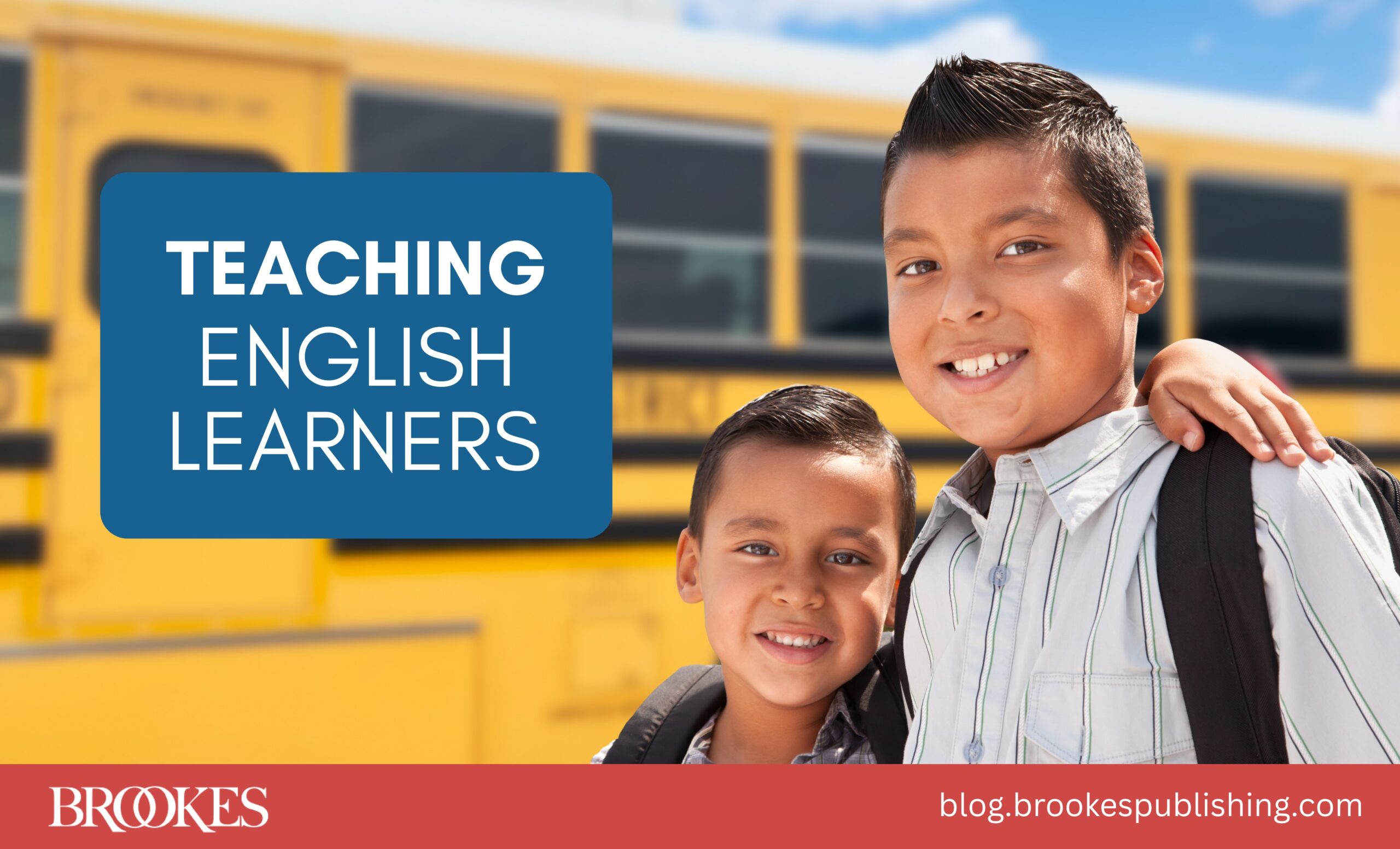
Write a Comment
Your email address will not be published. Required fields are marked *
Post a Comment